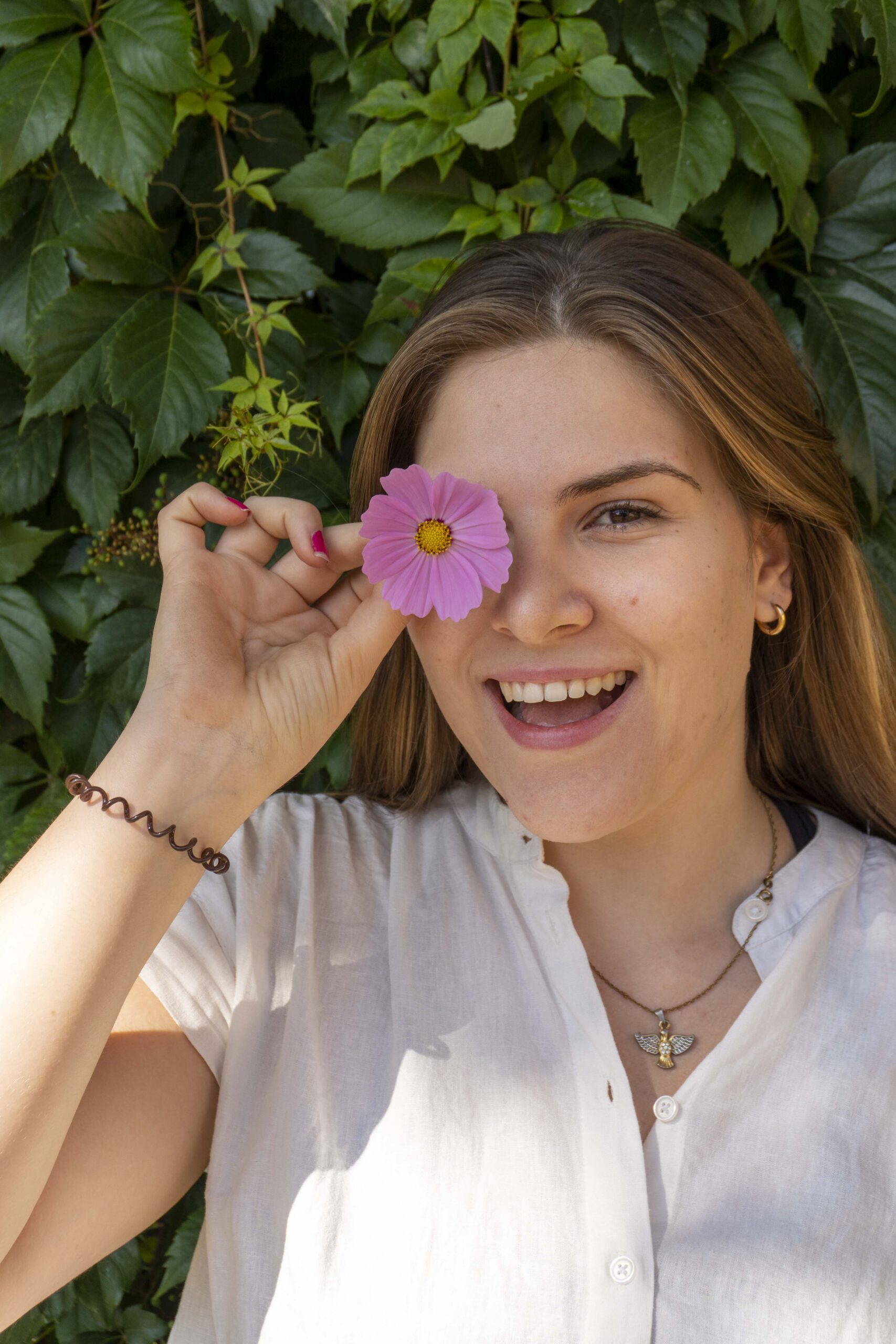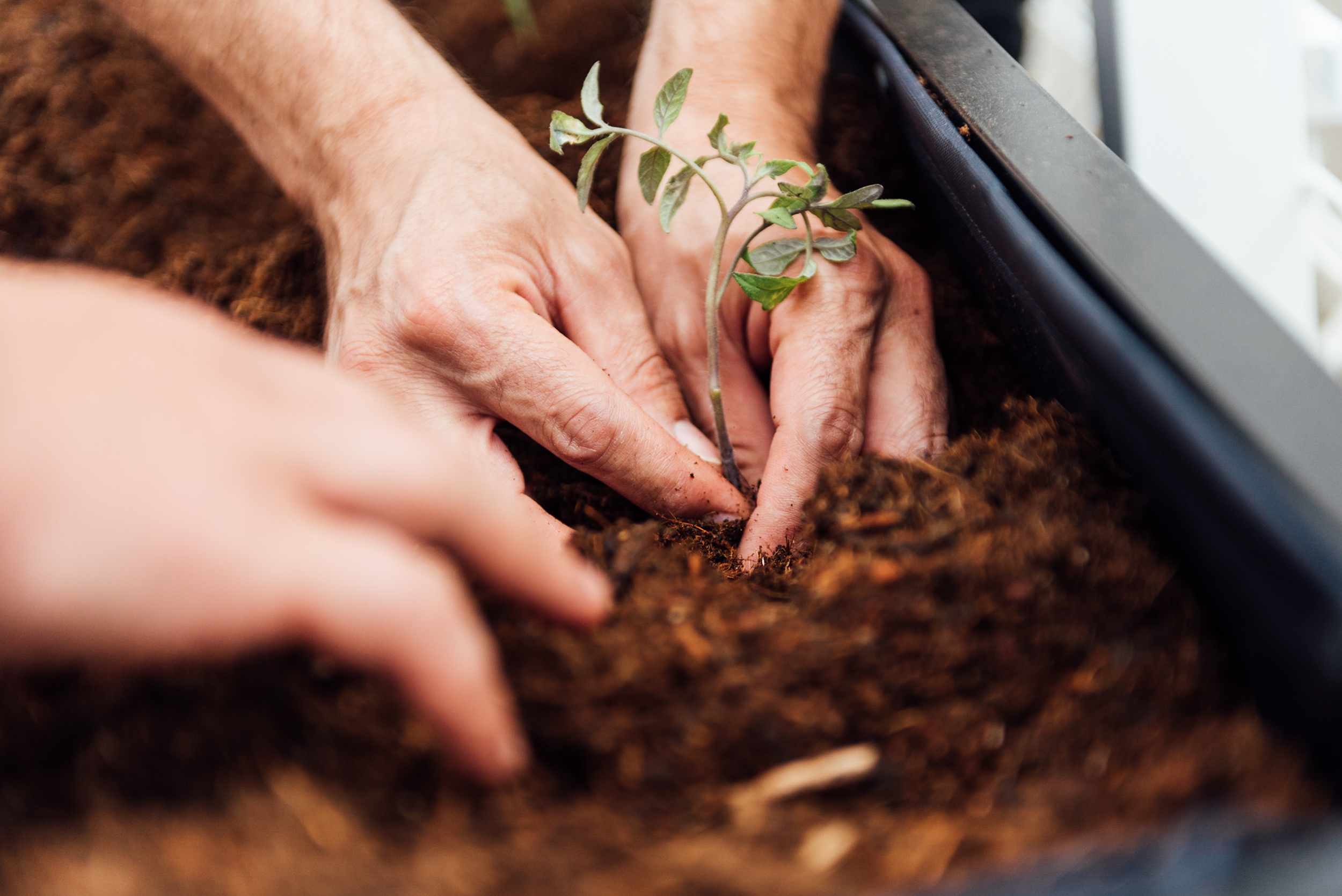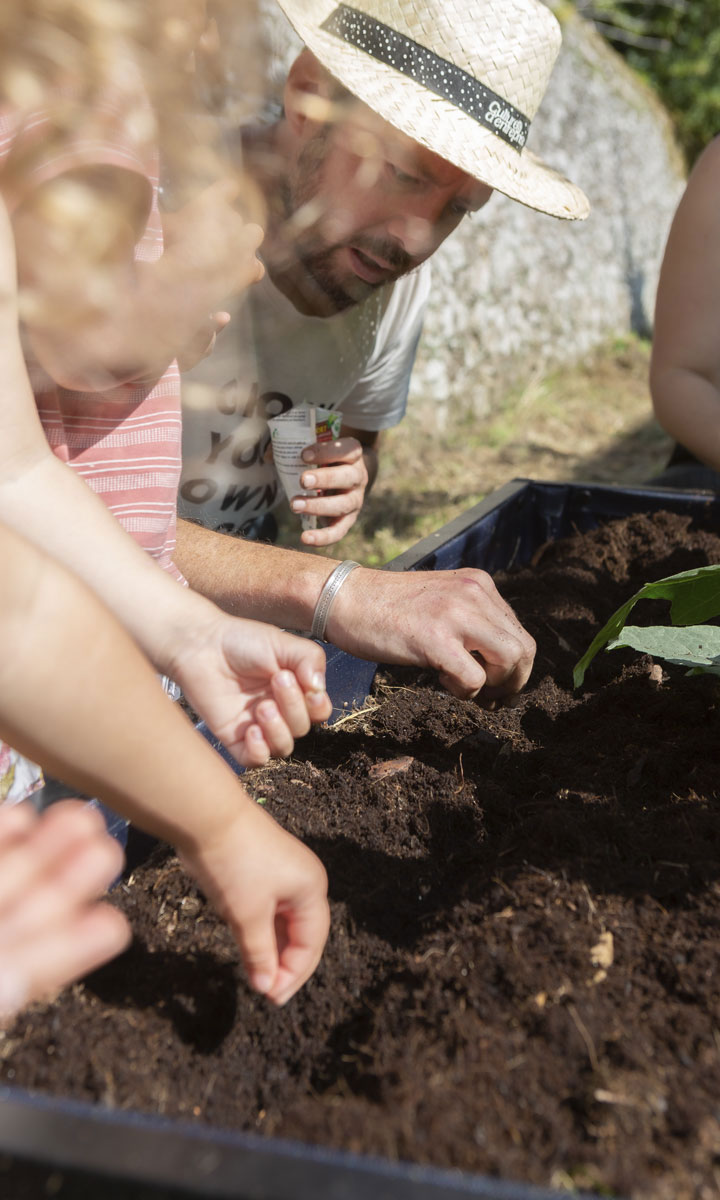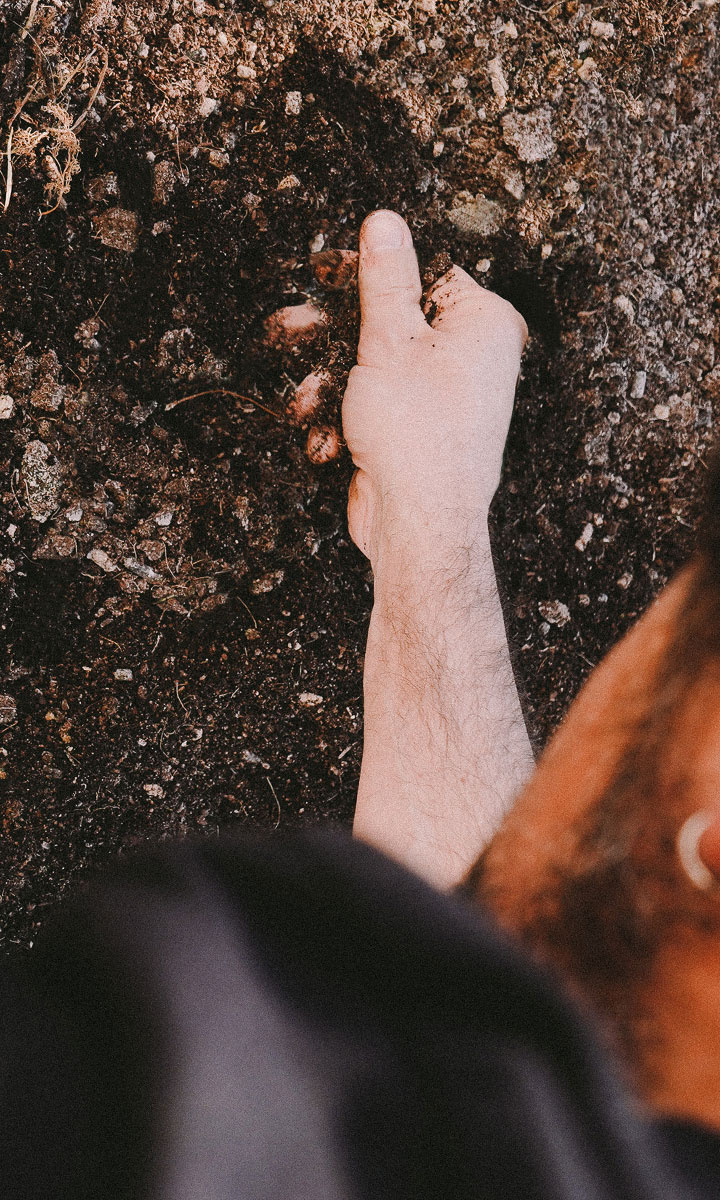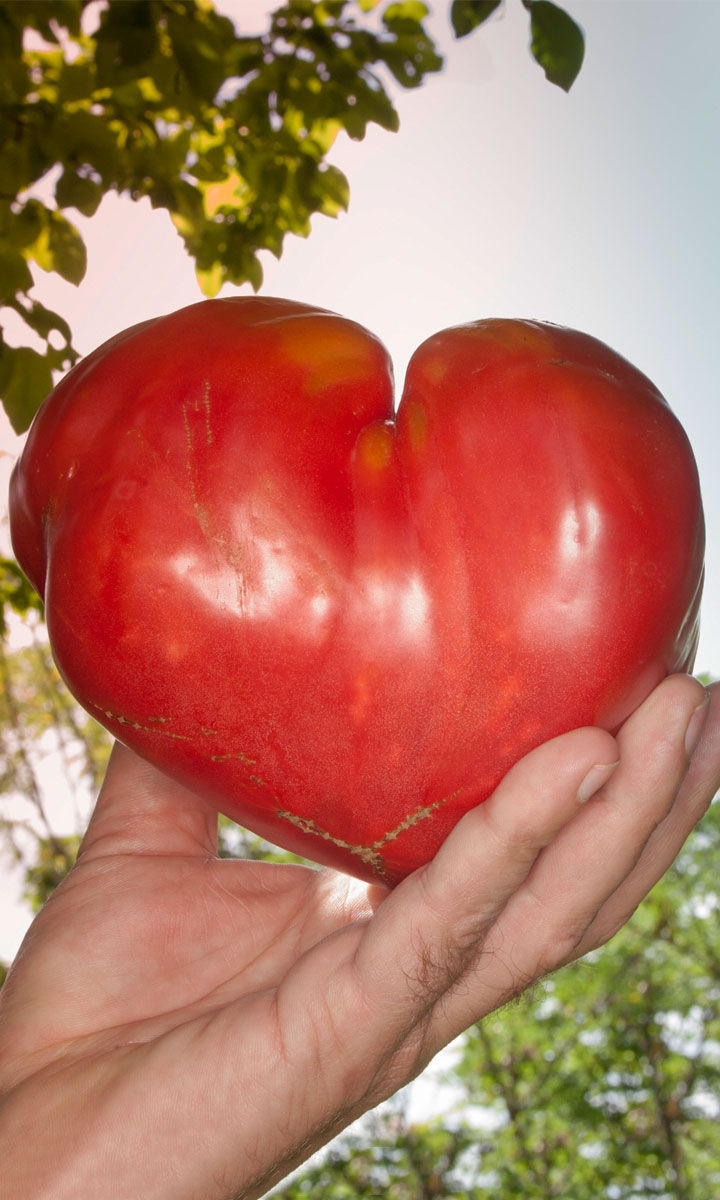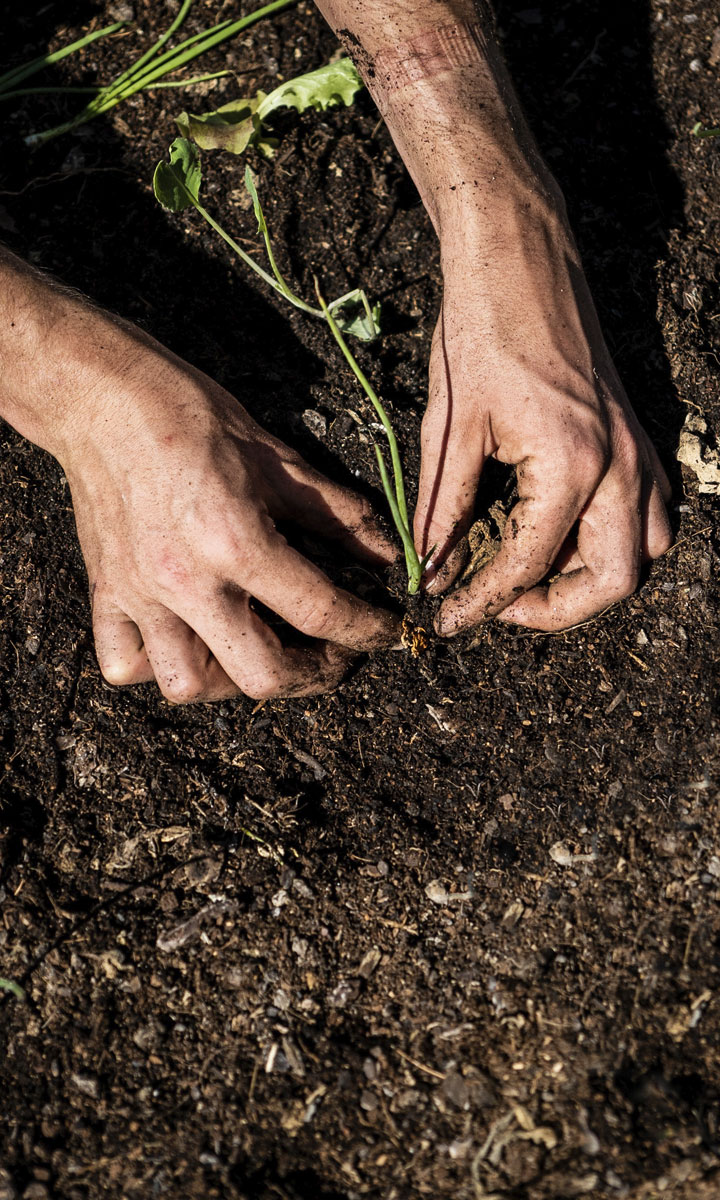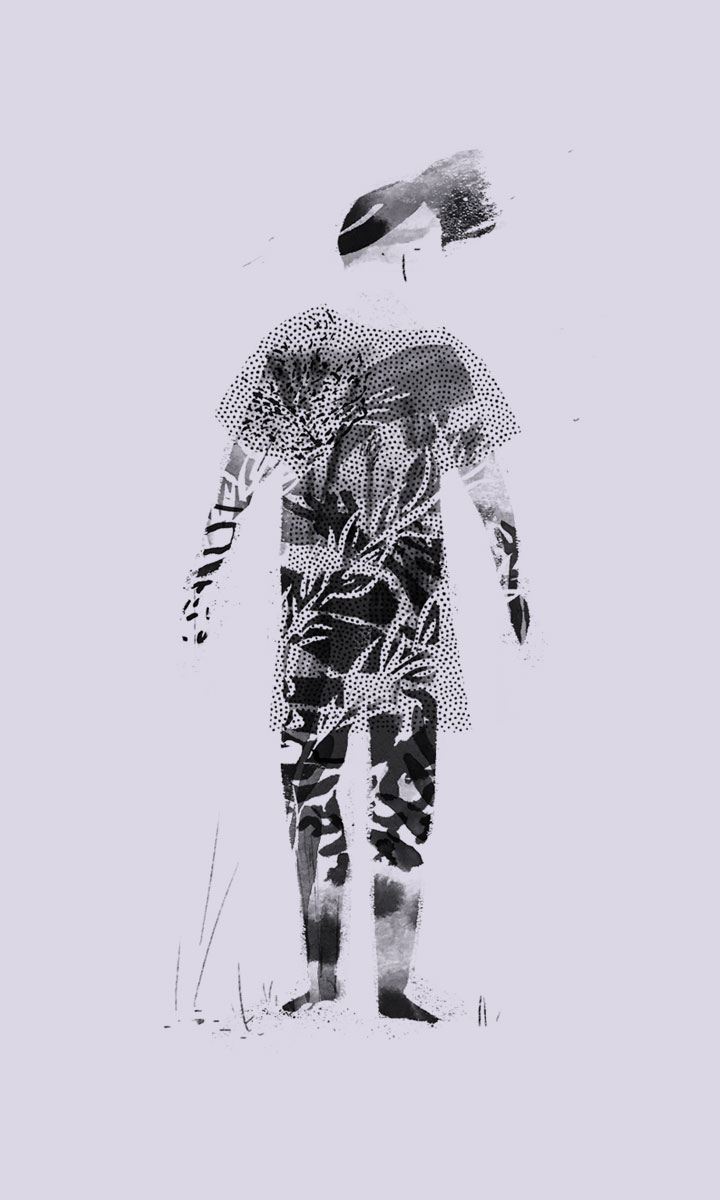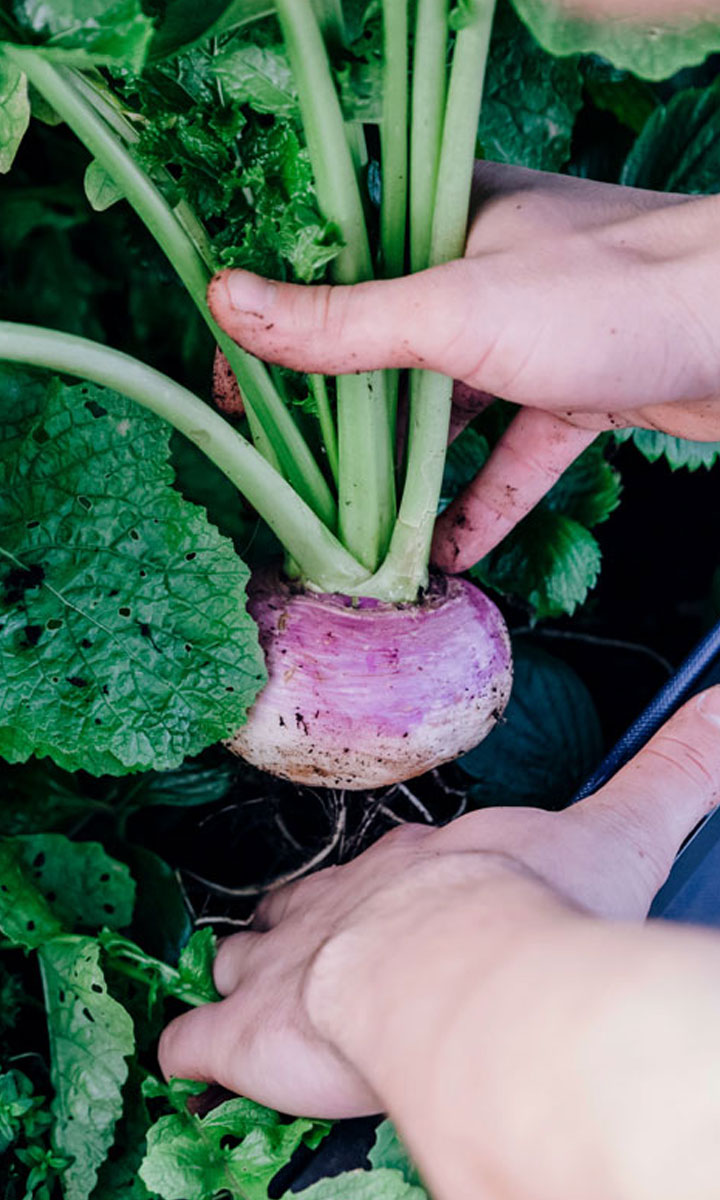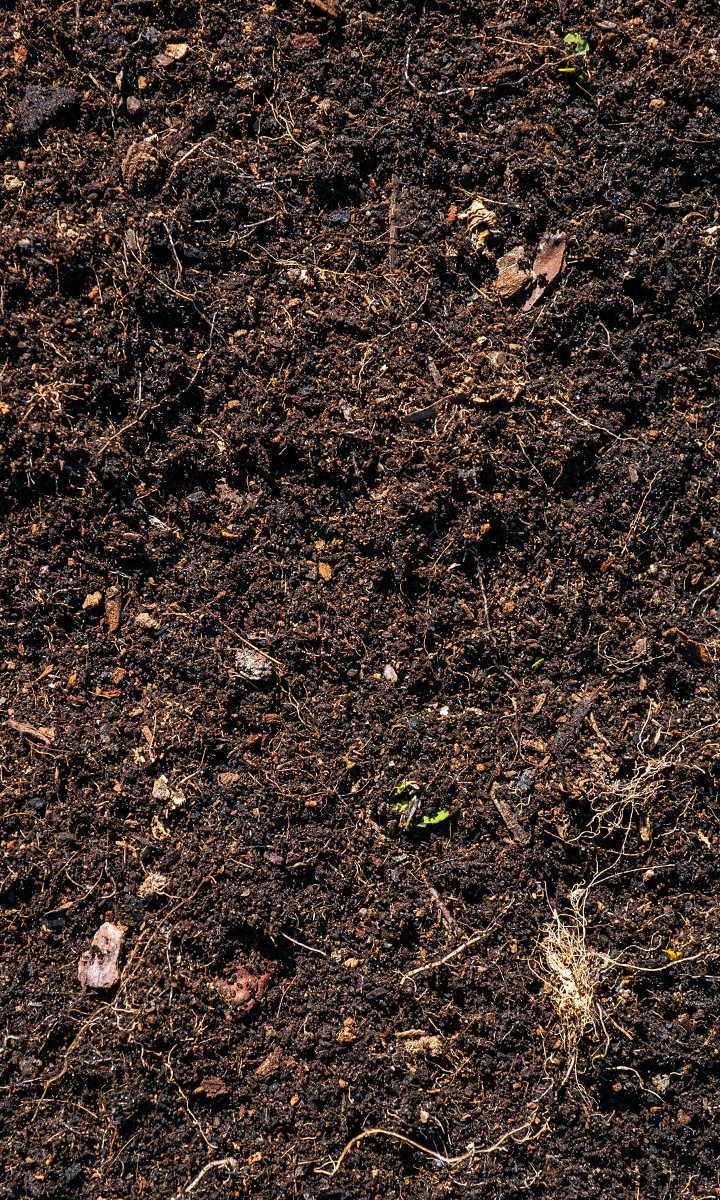Down-to-Earth Art

Constança Babo
In recent years, it has become increasingly clear that we urgently need to reflect on our relationship with the environment and other living things. Therefore, we must recognize that we all depend on each other, that we are all related and, as chemist and engineer James Lovelock (1979) explained, that together we form Gaia. In the words of theorist Donna Haraway in her essay “A Cyborg Manifesto” (1985), “no objects, spaces or bodies are sacred in themselves; any component can be interfaced with any other.” As philosopher Bruno Latour (2017) also explains, the ecological crisis affects all living things and all fields, not just science, politics and history. We can see those links, for example, in the current global pandemic’s origin, its spread and its impact on our lives.
So we must begin by reformulating our conception of nature, as suggested by philosopher Emanuele Coccia[1],who sees it as the sum of all living things, which share the simple reality of having been born. Similarly, we must change our perspective on non-human life, be mindful of climate phenomena by choosing our actions in favour of the climate, and establish new maps of the planet which align with ecosystems and not just human borders. That’s what Latour (2017, p. 33) defends in the book Down to Earth, from which an eponymous art exhibition[2], was created in the Gropius Bau hall in Berlin in 2020. In this exhibition, several works stand out, such as Kirsten Pieroth’s puddle of water which, stagnant and dirty, could represent humans’ presence on the planet. Another, a disruptive work by Asad Raza, features a gallery filled with dirt which could be interpreted as a depiction of our occupation of the Earth. Entitled Absorption, this piece offers an unusual and intense experience with the soil, thus inviting us to view it not only as something we tread on every day, but also a fundamental and structural element of the planet, where all different life forms dwell and on which we build our cities and communities — in short, the basis of our entire world. In this way, he personifies the idea of (re)placing our feet on the ground, in every sense of the term. On top of that, the dirt chosen by the artist is made up of residues from the Prinzessinnengarten park and fragments of Berlin, notably pieces of brick. Along with the environmental themes Raza illustrates in his work, he also seeks to include the city and its space, limits and configurations in the gallery. Conceived from the idea of reusing resources, the piece also asserts itself as a sustainable work of art, a common thread of the whole exhibition.
In reality, the desire to hold public discussions regarding sustainability and environmental conditions has been increasingly reflected in the artistic sphere, as it represents an important intersection between art, science and society, if we consider these to be fully interdependent and overlapping. Art has the power to unite and simultaneously ask difficult questions, the power to illustrate issues, debate them and present them to society as a challenge. Plus, since much contemporary art is tethered to technology, these initiatives often emerge from online media. Let’s take for example the most recent exhibition of the Zentrum für Kunst und Medien Karlsruhe, curated by Latour and Peter Weibel, the CEO of the center entitled Critical Zones – Observatories for Earthly Politics[3] (2020-2021), which transposed environmental issues to the world of artistic creation and new media. The exhibition sought to raise public awareness about the climate crisis, in coordination with an international, interdisciplinary project, CZO – Critical Zone Observatories. This project aimed to examine Earth’s critical zone, understood to be a heterogeneous zone where air, water, soil, rocks and all living organisms intersect and, by extension, dictate the quality and survival of the ecosystem. A text displayed on the wall states that:
“You too are part of the natural cycle of atmosphere… you do not only live in the Earth, but from the Earth, and by doing so you are changing the Earth…”[4]
The exhibition, curated by Latour, also asked the crucial question “Where will we land?,” in addition to others such as “where are we going?” and “where do we come from??, both addressed by Olafur Eliasson, an artist who stands out in this realm. His most recent exhibition, O Vosso / Nosso Futuro é Agora[5], (Our / Your Future is Now, 2019-2020) at the Serralves Contemporary Art Museum in Porto, is made up of pieces which depict elements such as air and water, materialized in the form of spirals, circles, arcs and curves which interact with one another and inhabit the space like lively, liberated, living organisms. On one hand, the work is sensitive and beautiful, connected to the “natural world,” and on the other hand, it has the rare ability to give an image and a shape to that which is invisible and intangible, just as many of the effects of climate change are.
It’s important to remember, however, that artistic depictions of nature are no recent invention — on the contrary, nature is one art’s first fundamental themes. This was especially prominent in artistic movements such as Romanticism, which was dedicated to depicting the Earth as seen in Caspar David Friedrich’s Rocky Reef off the Seacoast (1825) and Gustave Courbet’s Chevreuils à la source (1860s). Similarly, the Impressionist movement, and especially Claude Monet’s Impression, Sunrise (1873) reflects nature’s sensitivity through light, reflections and colours within the painting. But as Henri Matisse (1948) explains[6],
“An artist must possess Nature. He must identify himself with her rhythm, by efforts that will prepare the mastery which will later enable him to express himself in his own language.”
To bring art and the “natural world” even closer, and to once again quote Coccia, we must think of the work of art itself as a product of the relationship between different species and organisms, just as flowers are. Any artistic object results from the interaction between various actors and materials — it is not simply a product of the human hand, but rather comes from a logic of reproduction, like all living things.
Finally, let’s underline that it is no longer enough to simply depict and evoke the Earth. We must defend it, and to do this we must listen to it and respond to its reactions to our detrimental actions. In order to achieve this, we must stop being bystanders and engage in debate and action, all while adopting an interactive and participative attitude, which is incidentally a characteristic of contemporary art. Thus, we must seek to accept museums not as places of the past, nor as presenters of our history and culture’s objects, but more so as spaces to envision our future and adopt a reflective and proactive attitude. Art itself is a force and a natural resource that can create symbiosis between flora, fauna, macro and microbiology — in other words, biodiversity. All of us.

